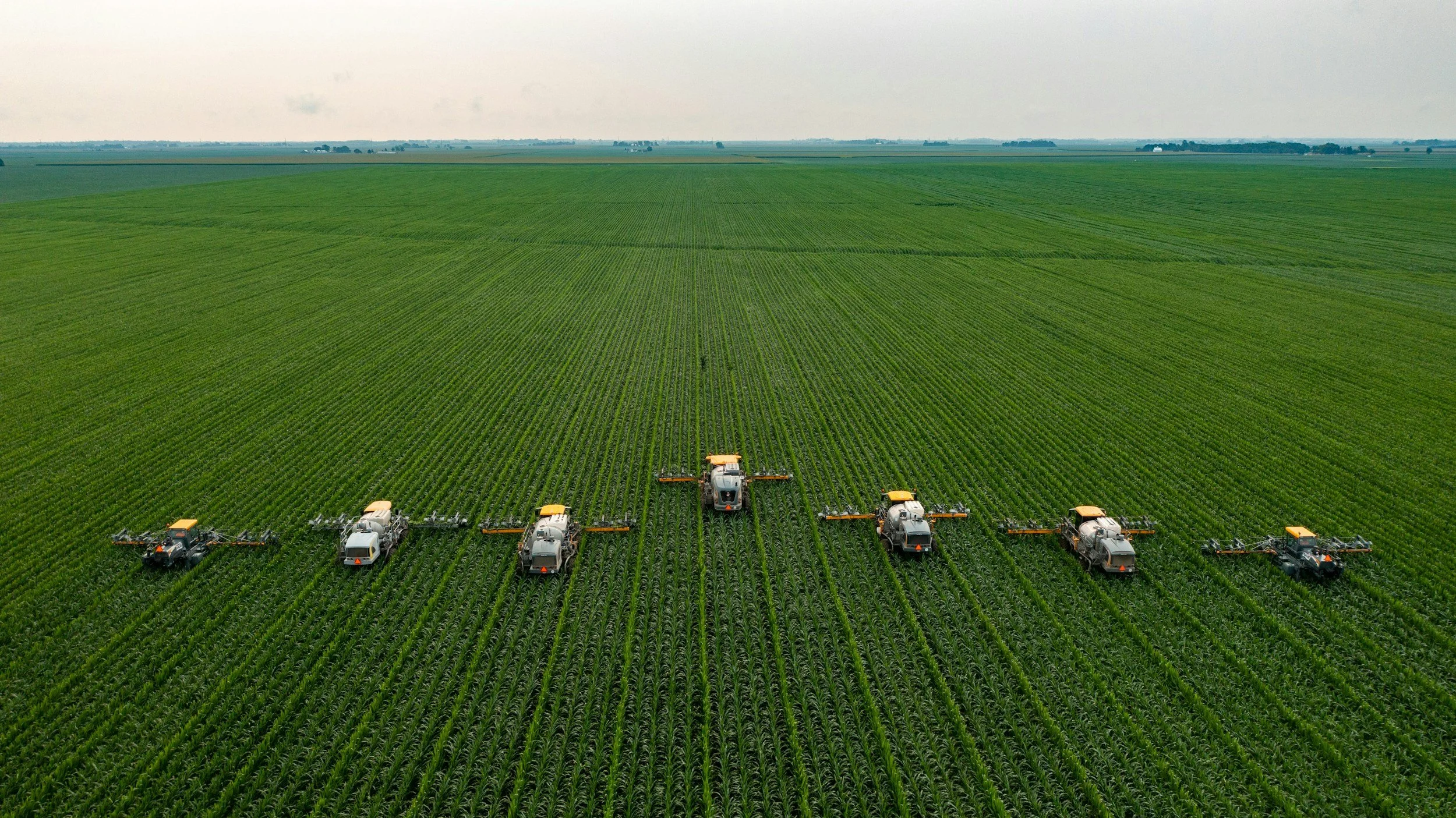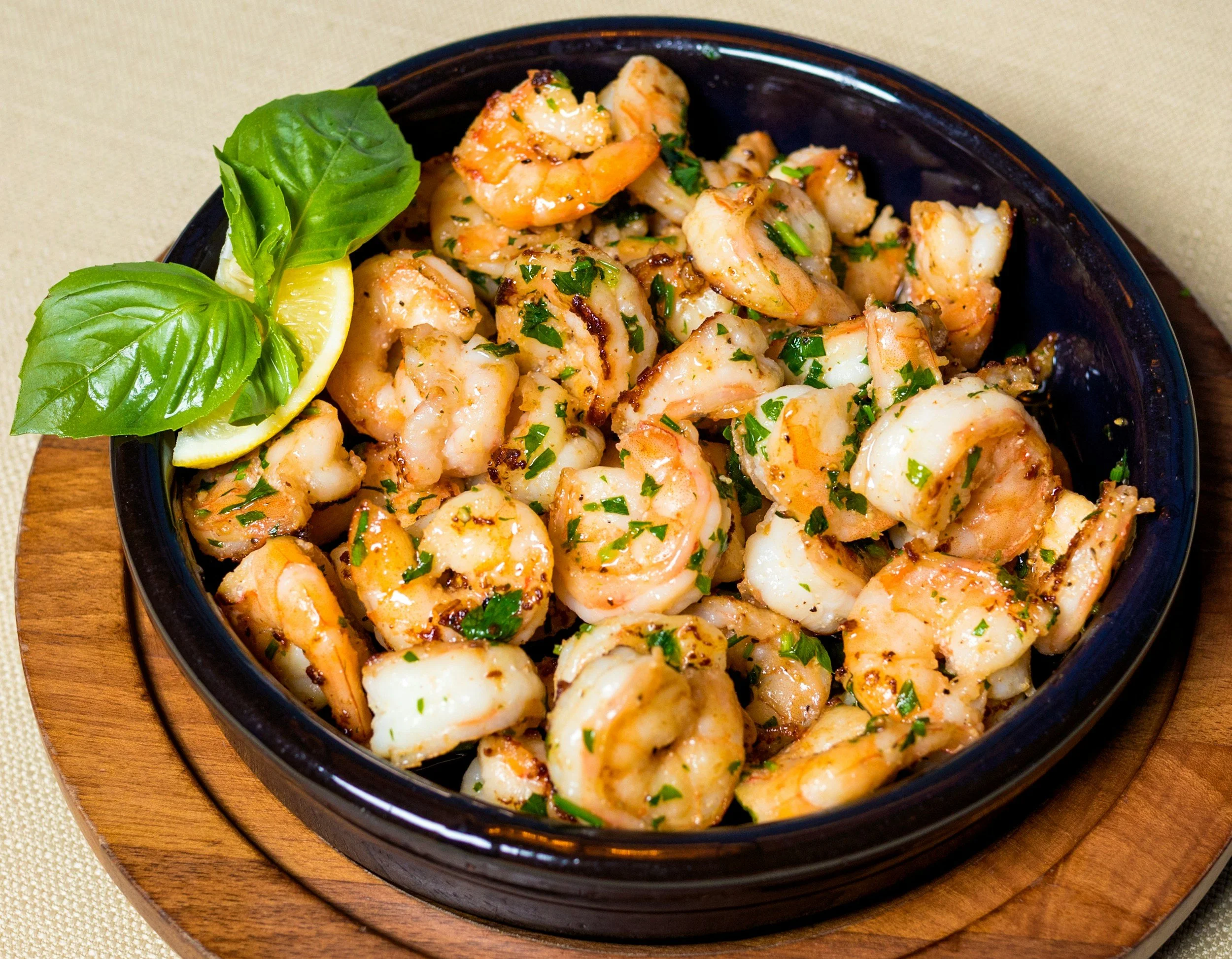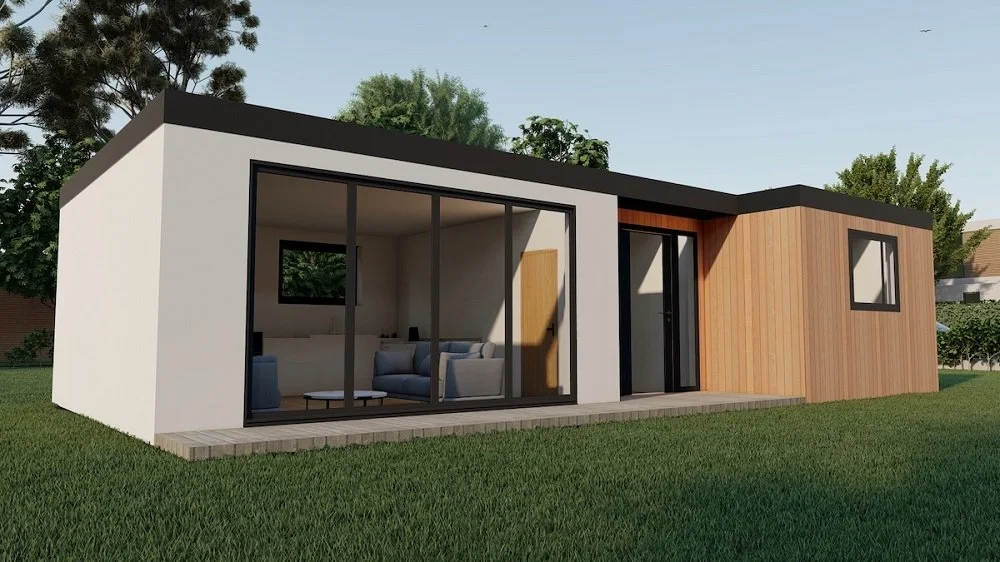Integrating Sustainable Living and Eco-Friendly Home Improvements in Modern Real Estate Development
/The concept of sustainable living in real estate involves creating homes that prioritize environmental conservation, resource efficiency, and enhanced quality of life. With the rising awareness of climate change and its impacts, there is a significant shift towards green real estate.
According to the U.S. Green Building Council, green buildings are projected to reduce energy use by 50-60% by 2050. A study by the Global Alliance for Buildings and Construction estimates that these buildings could potentially reduce global CO2 emissions by 84 gigatons by the same year.
Green homes have been shown to command higher property values, with a study by the World Green Building Council indicating a potential increase of up to 7% in asset values compared to conventional buildings.
Emerging Trends in Sustainable Living
Sustainable living is gaining momentum across various regions, driven by increasing environmental awareness and the desire for long-term economic benefits.
We will explore where these trends have emerged, especially focusing on Texas, and delve into some of the practical aspects of sustainable living.
Places Where the Trend Has Emerged
Sustainable living trends are particularly strong in regions with a high environmental consciousness and favorable economic conditions.
In the United States, Texas has seen a notable rise in sustainable real estate practices.
Cities like Austin, Houston, and Dallas-Fort Worth are at the forefront of this movement.
Austin: Known for its progressive policies and environmental initiatives, Austin has become a hub for sustainable living. The city has implemented numerous green building standards and incentives for solar energy adoption, making it a leader in eco-friendly real estate.
Houston: Despite being an oil industry center, Houston has made significant strides in sustainable development. The city has seen a 10.7% increase in new listings, driven by a demand for energy-efficient homes and green building practices.
Dallas-Fort Worth (DFW): The DFW area continues to attract buyers interested in sustainable living due to its economy and strong job market. The region's real estate trends highlight a growing preference for homes with energy-efficient features and smart home technologies.
Energy Efficiency and Smart Technologies
Energy efficiency is a cornerstone of sustainable living, offering both environmental and economic benefits.
Implementing energy-efficient solutions in homes can significantly reduce utility bills and improve overall sustainability.
Energy-Efficient Appliances: Modern homes are increasingly equipped with high-efficiency HVAC systems, smart thermostats, and energy-saving lighting. According to the U.S. Department of Energy, these upgrades can lead to energy savings of up to 35%
Smart Home Integration: The integration of smart technologies in homes is another critical trend. Features like automated lighting, smart security systems, and energy management tools not only enhance convenience but also contribute to substantial energy savings. In Texas, many new constructions incorporate these technologies, making homes more attractive to tech-savvy buyers.
Renewable Energy Systems: Solar panels and wind turbines are becoming common additions to homes in Texas, leveraging the state's abundant sunshine and wind resources. These renewable energy systems reduce reliance on fossil fuels and lower greenhouse gas emissions, aligning with the broader goals of sustainable living.
Sustainable Materials and Construction Practices
Using sustainable materials and adopting green construction practices are vital components of eco-friendly real estate development. These practices minimize environmental impact and promote the longevity and health of buildings.
● Renewable Materials: The use of bamboo, reclaimed wood, and recycled steel in construction is on the rise. These materials reduce the need for new resources and contribute to lower environmental degradation. Bamboo, a fast-growing renewable resource, is used extensively in flooring and cabinetry due to its strength and sustainability.
● Green Building Standards: Adherence to green building certifications such as LEED (Leadership in Energy and Environmental Design) ensures that buildings meet rigorous environmental and efficiency standards. These certifications often lead to higher property values and increased market demand. In Texas, many developers are pursuing LEED certification to attract eco-conscious buyers.
● Innovative Construction Techniques: Techniques such as prefabrication and modular construction are becoming popular for their efficiency and reduced waste. These methods also allow for better quality control and faster construction times, making sustainable building practices more accessible and cost-effective.
Eco-Friendly Home Improvements in Real Estate
As the real estate market evolves, eco-friendly home improvements are becoming increasingly popular among homeowners and buyers.
These enhancements not only reduce environmental impact but also offer substantial economic benefits. This section explores some of the most impactful eco-friendly upgrades you can make to your home.
Energy-Efficient Lighting and Appliances
One of the simplest and most effective ways to make your home more eco-friendly is by upgrading to energy-efficient lighting and appliances. LED lights, for example, use up to 90% less energy than traditional incandescent bulbs, leading to significant savings on electricity bills. They also have a longer lifespan, reducing the need for frequent replacements .
When it comes to appliances, ENERGY STAR-certified models are the gold standard.
These appliances, which include everything from refrigerators to washing machines, meet strict energy efficiency guidelines set by the U.S. Environmental Protection Agency (EPA).
Upgrading to these appliances can reduce energy consumption and lower utility bills.
ENERGY STAR refrigerators use about 9% less energy than non-certified models, and certified clothes dryers consume 20% less energy than conventional ones.
Insulation and Window Upgrades
Improving your home's insulation and upgrading windows can dramatically enhance energy efficiency.
Proper insulation reduces heat loss in the winter and keeps your home cooler in the summer, lowering the demand on your HVAC system.
Eco-friendly insulation options include materials like cellulose, which is made from recycled paper, and sheep's wool, both of which offer excellent thermal retention.
Windows are another critical area where energy loss occurs. Upgrading to double or triple-pane windows with low-emissivity (Low-E) coatings and inert gas fills can significantly improve your home's insulation.
These windows help keep your home warm in the winter and cool in the summer, reducing energy consumption and costs.
Renewable Energy Systems
Integrating renewable energy systems into your home is a powerful way to enhance its eco-friendliness. Solar panels are the most common renewable energy addition, converting sunlight into electricity and significantly reducing reliance on grid power.
With the cost of solar panels decreasing over the years, this technology is becoming more accessible to homeowners.
Another effective renewable energy solution is geothermal heating and cooling. Geothermal systems use the earth's constant underground temperature to regulate home temperatures efficiently.
These systems are highly efficient, using 44% less energy than traditional air-source heat pumps and 72% less than standard air conditioning units.
Wrapping Up
Transitioning to eco-friendly home improvements aligns with broader environmental goals and enhances property values.
Beyond the environmental and economic benefits, these improvements can significantly improve indoor air quality and overall comfort, making homes healthier places to live.
Adopting sustainable practices can lead to substantial savings on utility bills and make properties more attractive to environmentally conscious buyers, ensuring long-term benefits for homeowners and the planet.
About the Author:
Nadine R. is a tried-and-true handywoman with multiple years of experience in home renovation, fixer-uppers and other, less-exciting stuff like plumbing or DIY woodworking as well. If not tinkering around the house (hers or her friends'), she can be found strolling around the park with her husband Roy and their two dogs Bella and Blitz.










































In today’s fast-paced world, more homebuyers are prioritizing health and wellness when searching for their dream home. From air quality to outdoor spaces, the features of a home can significantly impact your physical and mental well-being. If you’re in the market for a new home, here are the top healthy lifestyle features buyers are looking for—and how a real estate agent can help you find them.